Boston Block

Welcome--
I have developed several shortcuts using my cut down method.
Basically the cut down method means you sew fabric together and then cut out with a template from the center of the joined fabrics. This allows you to do more intricate designs without handling small pieces. It also eliminates some math. My intention is to make it easier and faster to piece beautiful patchwork quilt blocks into projects or quilts.
Okay we are going to learn to make a Boston Block today. Once you have figured out how to do this you will need to make 4 of them for your quilt block. This is easy to do I promise!!
Here we go........
Cut out one strip of light fabric - 2 1/2" x 16"
Cut out one strip of medium fabric - 2 1/2" x 8 1/2"
And cut out one strip of dark fabric - 3 1/2" x 8"
[if you are using a 3" template you will need to make your strips and squares larger]
Once you have your strips cut then
Cut: 2 -2 1/2" white squares 2 -2 1/2" medium squares 2 - 3 1/2" dark squares
Cut them on the diagonal
You need one light triangle and one med. triangle
Sew the light and med. triangles together
For our quilt block we need the med on the right.
But depending on the quilt block you are making the med can be on either side.
You need to pay attention and make sure you get the med on the rt side in all 4 of your Boston Blocks.
Next sew the joined light /med to the dark fabric
and lay it on a cutting mat. A mini mat is the best if you have one.
Cut with a rotary cutter along the edge of the template.
Make sure you hold the template still as you cut. Don't let it move or you won't have an accurate square. Try to be as accurate as you can because this will make it easier to get a good result later on.
You need to try to make sure your corners of the template are on the seams so you won't get a corner that isn't even on each side of the seam. Here you can see I have more pink than white. When you sew two of these together in a quilt block you will lose points if this corner is off.
You can gently trim it even if you see one after you have cut out the block.
I put the template back on the fabric and retrimmed with the rotary cutter but be careful you don't trim too deeply and end up with a lopsided square.
And here is our
BOSTON BLOCK
Picking the right fabric:
You want to make sure you have fabrics that are clearly seperate so that you can see each one when you stand back and look at them. If 2 of them blend then you need to exchange one for a darker value fabric.
Light and light - blends too much for me
I seperate them into lights - the background is white or cream or a very very light color
this may or may not have a pattern. Either is fine.
Mediums - This has a color that is not real light nor real dark. there are a lot of variations in this value. I seperate down to a light medium / medium medium/ dark medium
For me I like a medium medium. this falls somewhere in the middle of the color range between light fabrics and dark fabrics.
Darks - This value is as it says dark. this would include Navy or Hunter Green or Black or anything that is darker.
This is my selections
Or you can put a pink with the burgandy
If you are not sure about the color values then lay two together and stand back and look at them. Can you clearly see the med? from the dark? Does the dark stand away from the med?
If you can't tell where one fabric ends and the next one starts then there is not enough contrast to make a good Boston Block.
You can use any colors you like but for the best effect I highly recommend a good contrast between the three fabrics.
Another thing to watch out for are two fabrics that have a print that might connect making the light and med blend. I saw a block made with a flower fabric for the light and another one for the med. Overall they worked okay but there was a flower that matched in both fabrics making it look like the flower flowed from the light into the med. This doesn't stop the eye so the eye sees the two fabrics as one fabric. So you lose the effect you want.
I hope you have a good time trying out my Boston Blocks using my cutdown method. Thanks everyone!!
One more note - I dont' have any problem with bias but if it is an issue for you - use spray starch and spray your fabric. I iron mine dry or you can let it air dry before you work with the fabric.
Also you can check out my original method for Boston Blocks here:
Rhonda's NEW UPDATED Boston Block Tutorial - No Waste Methods
Boston Blocks
Subscribe to:
Comments (Atom)

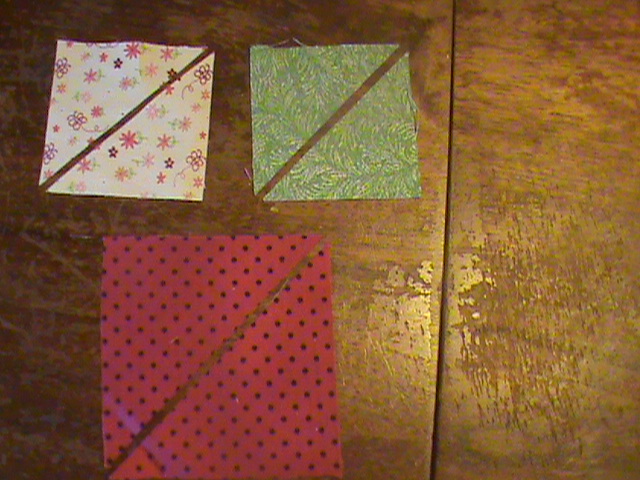
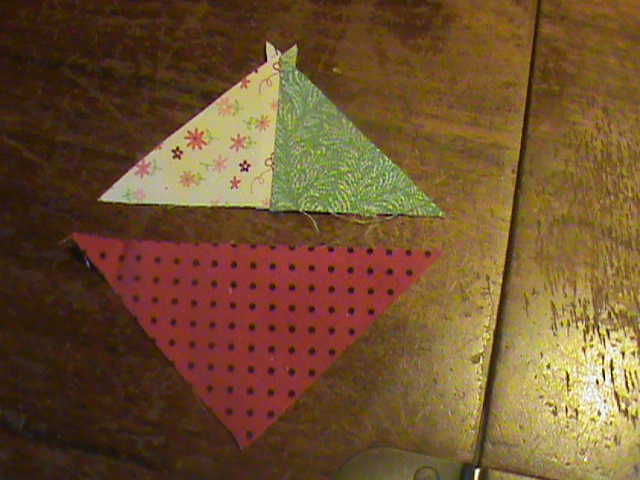
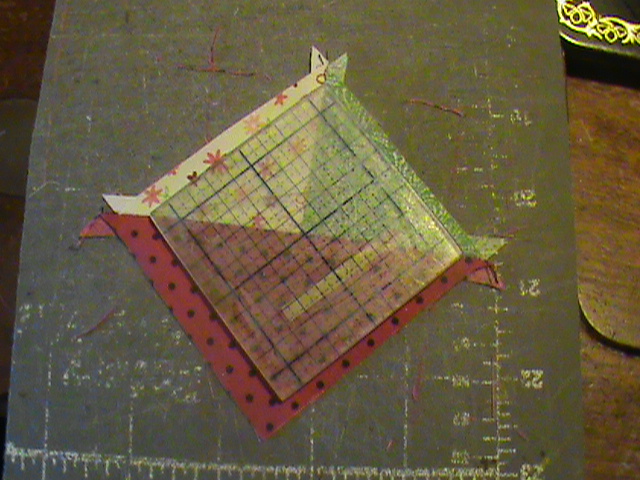
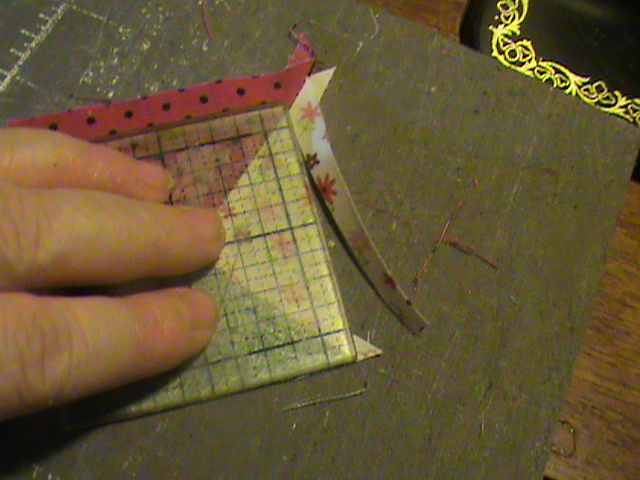
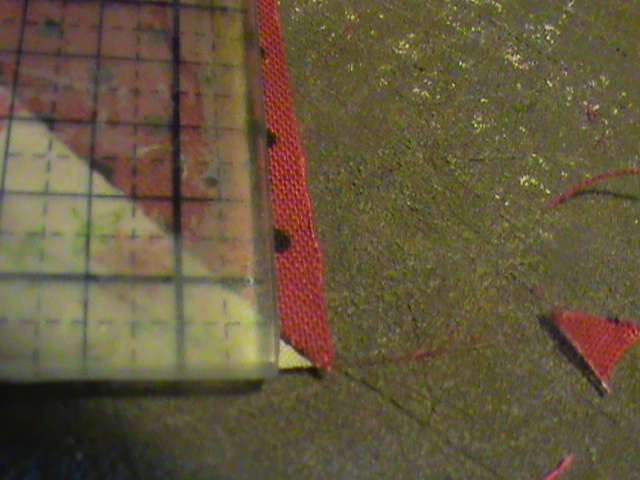
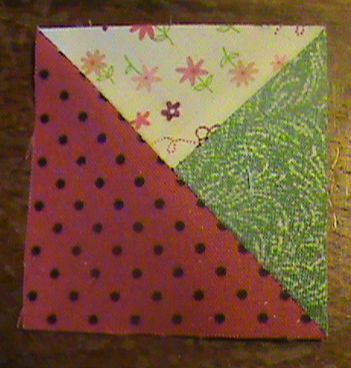
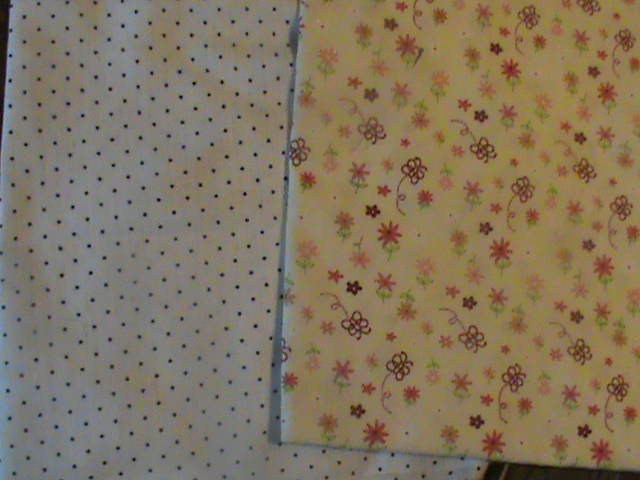
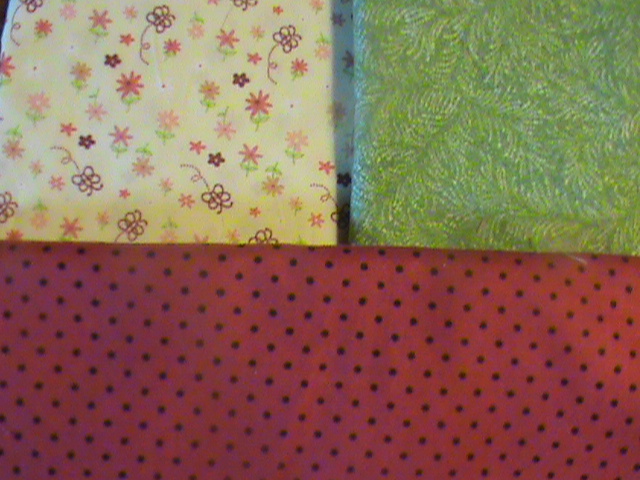
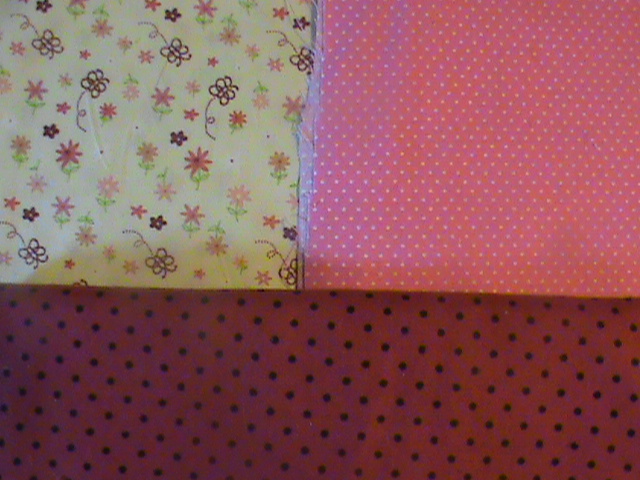
I want to sign up but don't know were to go. HELP! I am new at this computer stuff so I need instructions on how to do this and be able to get the patterens. Thank You. Pam
ReplyDeletePam you can email me at patchesbyr@yahoo.com and I will be happy to help you. Thanks! Rhonda
Delete